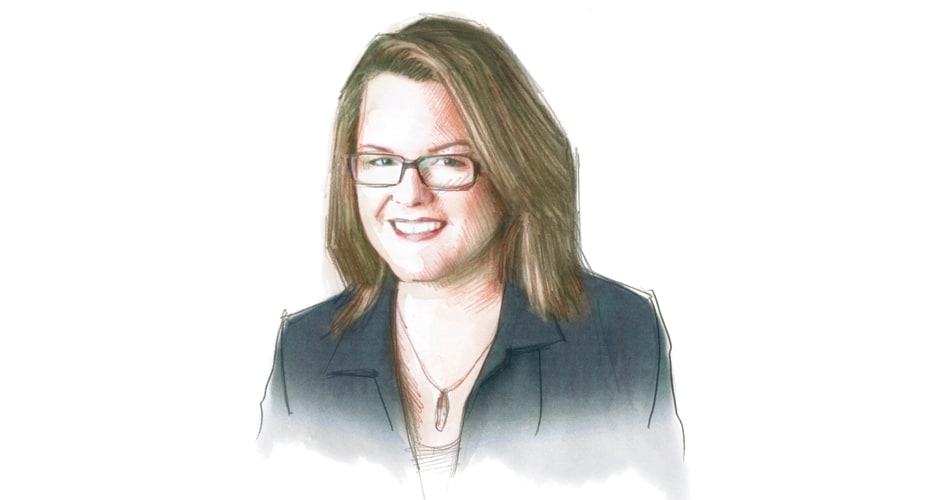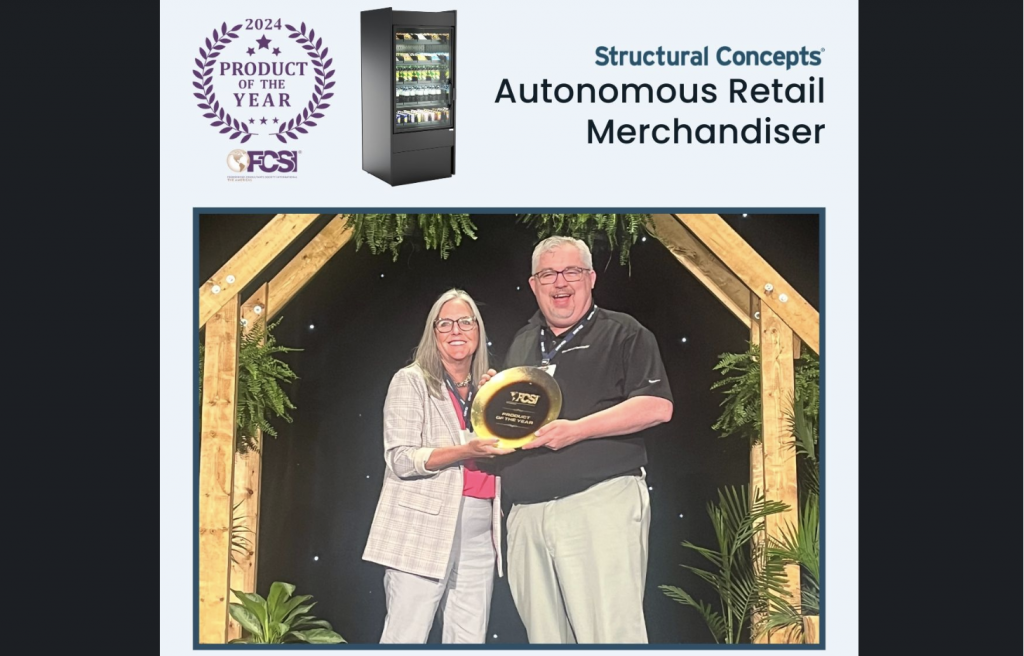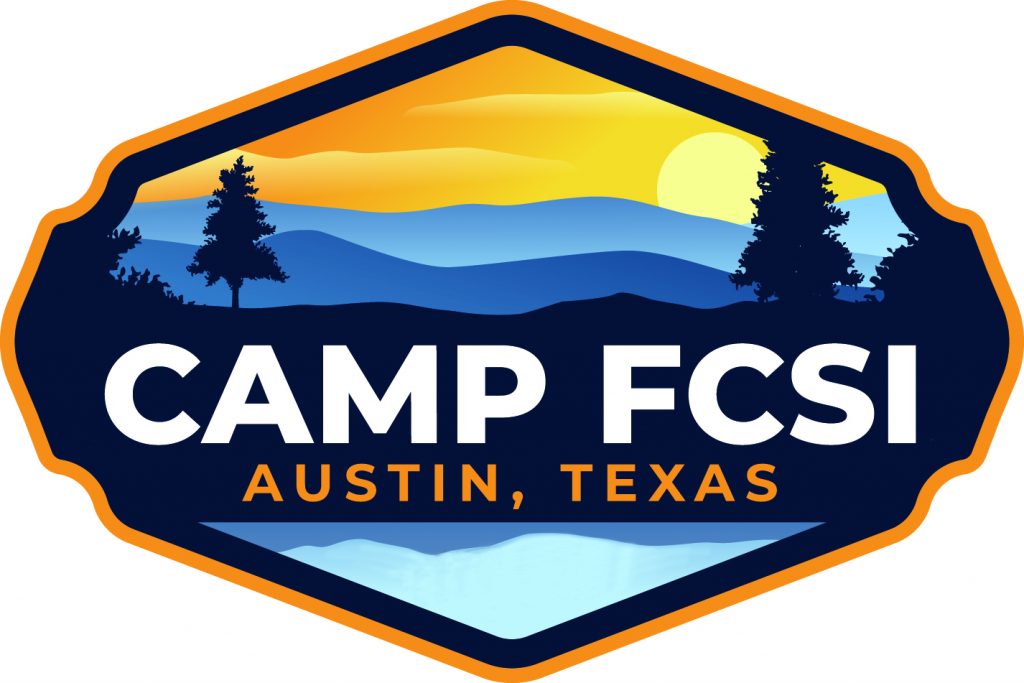
For years we have been saying that flexibility in design is the key to success, but what does that look like post-Covid? With so many other things changing, I am starting to look for ways to make design universal. But is that even possible?
I have been a proponent of plug and play stations for years but is that enough or does it need to be more? My version of a plug and play is to create a single “parking spot” where a number of cooking equipment items can be plugged in. I typically try for six. Although this is often complicated to communicate and coordinate during design with the MEP team it has produced great results at opening.
The idea is that a single station has the ability to convert from cuisine to cuisine on a given day, season, or semester. If we design like this from the beginning, within reason, the possibility for change becomes greater. But here is where I try to push myself to imagine: how do we make this even more universal? Maybe that equipment size would become flexible, counter sides and recess would become flexible, similar to how cooking suites can be modular.
As universal as possible
Now, I know we may not be calling them stations anymore but hopefully you get my drift. I also appreciate that this is not the right solution for every client and often not needed at every station within a given venue. But, when needed and appropriate, our designs should be as universal as possible for our clients.
I recently spoke at the MUFES Conference put on by FER. At one point I said I wished we could have an induction range top with a microwave convection oven bottom. I was challenged by a manufacturer to answer the question: “Why?”…and it got me thinking.
For me, the why is about searching for that ability to be universal, to have single pieces of equipment that could be any number of things at any given time. One example is the blast chiller/thaw/blast freezer/cook & hold products on the market providing one cavity that can do many things and can be mounted under counters in order to disappear. Similar to how hot/cold/freeze units are in great demand.
Thinking beyond the conventional
How about induction units that could be changed out from wok to sauté glass tops without buying new equipment? What about the ability for a standard range to have combination oven/steamers below in lieu of standard or conventional ovens?
I would like to think that we are at a tipping point where designs will be forever changed by technology, ghost kitchens and equipment with flexibility to the point of being as close to universal as possible. There are limits of course but I think this time in our industry requires us to push limits and redefine boundaries.
Laura Lentz FCSI is Design principal with Culinary Advisors in Maryland and a Foodservice Consultant columnist




